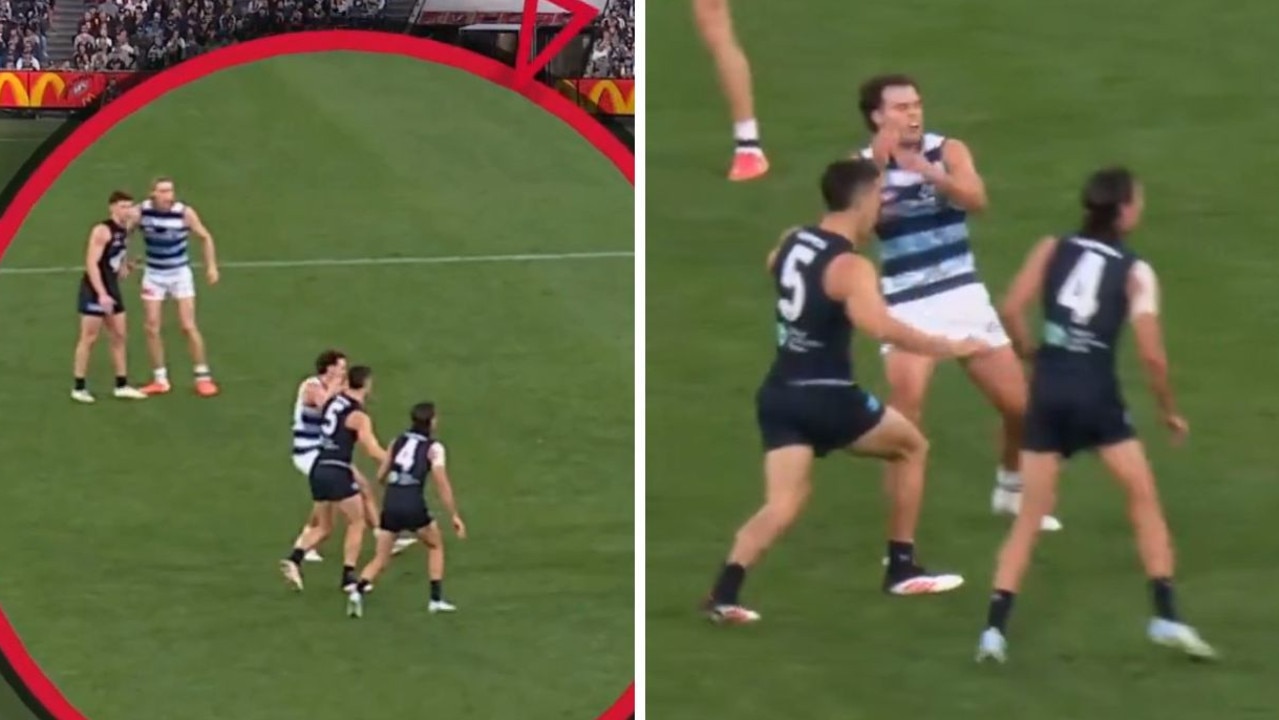How young AFL forwards compare to great goalkickers of the last generation
Several young goalkickers are emerging as serious contenders to the crown of the AFL’s best forward. But, how do they compare with the best spearheads of this century at the same stage of their careers? We find out.

AFL
Don't miss out on the headlines from AFL. Followed categories will be added to My News.
As a young Collingwood fan, Cody Weightman loved small forwards Alan Didak and Paul Medhurst.
Like Weightman, the two goalsneaks of yesteryear had all the tricks and could find the goals at any time.
After 61 games, including a six-goal haul in round 2 against Gold Coast, Weightman has Didak covered at the same stage of their careers, but not Medhurst.
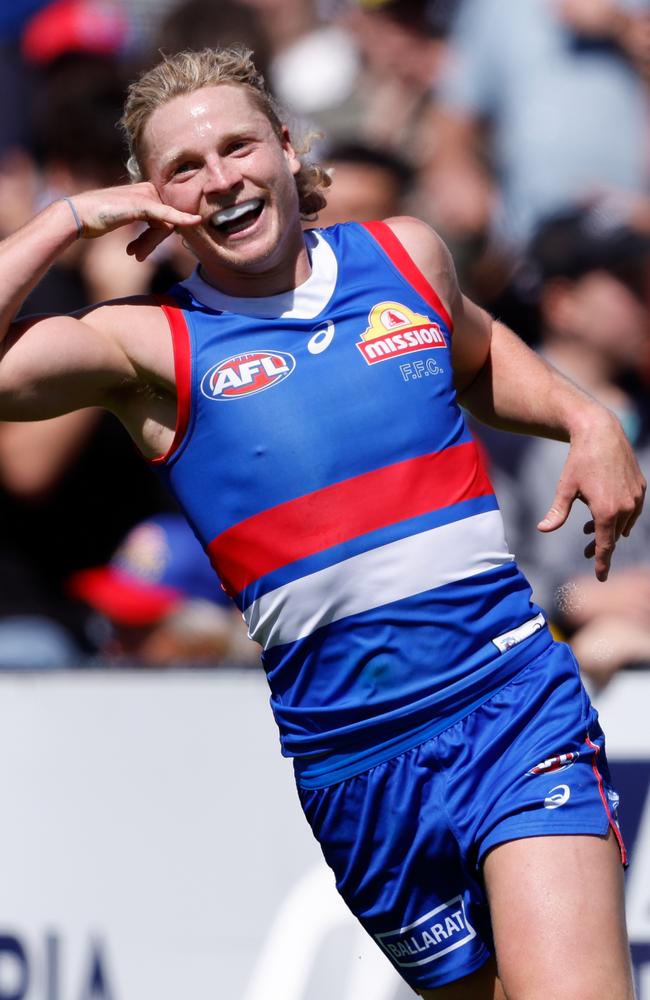
After 61 games, Didak had 78 goals to his name and Medhurst, then a Fremantle forward, had 124.
Weightman is the pick of the current young small forwards and has bagged 106 majors, at a goals-per-game average of 1.74.
“I loved the Pies,” Weightman said this week.
“Dale Thomas was one I loved watching, Paul Medhurst, Alan Didak. We had some pretty good ones.
“I love watching Toby Greene now, I think he is an absolute star.”
Following Weightman, 23, equalling his career high with a handy half-dozen, this is a look at the numbers of young forwards in the AFL compared to those of the past generation.
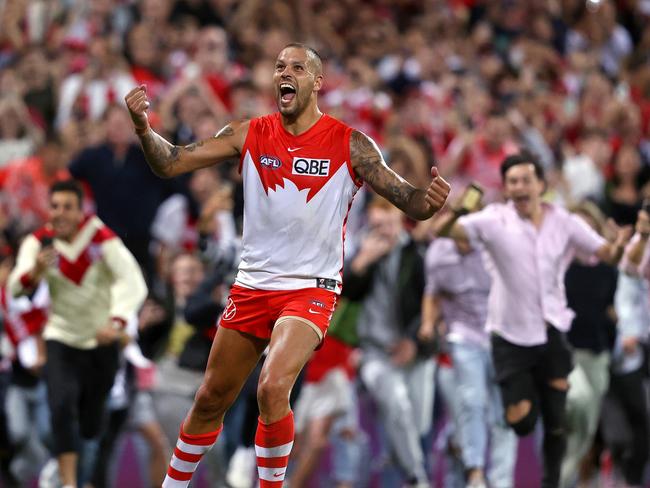
Fifteen players have made their debut since 2000 and kicked more than 500 goals, from Lance Franklin (1066 goals) to Jack Darling (510).
Most of those players were highly touted as youngsters who showed plenty but didn’t dominate from the get-go, with Luke Breust the only one to kick 30 goals in his first season.
Here’s how those stars compare to the young crop.
THE SMALLS
Weightman made an impact on the big stage early, booting four goals in an elimination final win over Essendon in just his 17th game.
He has the best goals per game average of the non-talls making their way in the game at 1.74, just ahead of Melbourne’s Bayley Fritsch (1.71).
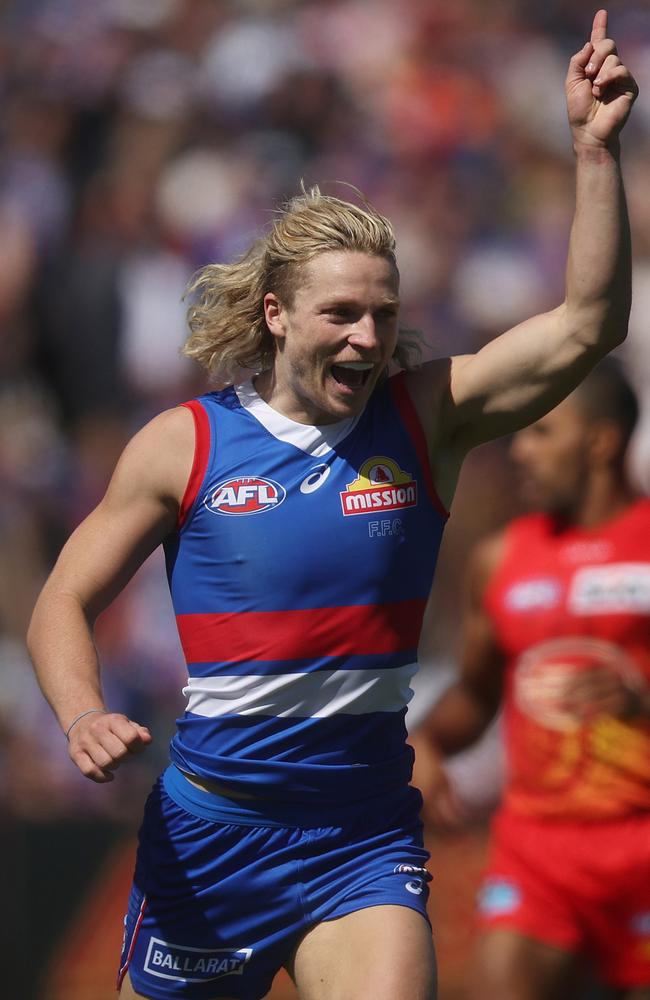
That puts both behind the likes of Stephen Milne (2.01 after six seasons), Breust (1.94) and Steve Johnson (1.8) from yesteryear.
Kysaiah Pickett’s average (1.47) is a way behind but his goal total (130) outstrips Weightman (106) and Izak Rankine (97) after the same amount of seasons.
For big impact on the big stage, Bobby Hill takes the cake.
He managed returns of just seven, four, 14 and nine goals in his first four seasons but bagged 33 last year and has big expectations after winning the Norm Smith Medal.
Rankine’s favourite player growing up was Eddie Betts and the comparisons between the two players, who both moved to the Crows after starting elsewhere, are spooky.
After Betts’ fifth season, he had a goals per game ratio of 1.38 and Rankine currently sits on 1.39.
Rankine’s 97 goals puts him ahead of Betts (76) after 70 games.
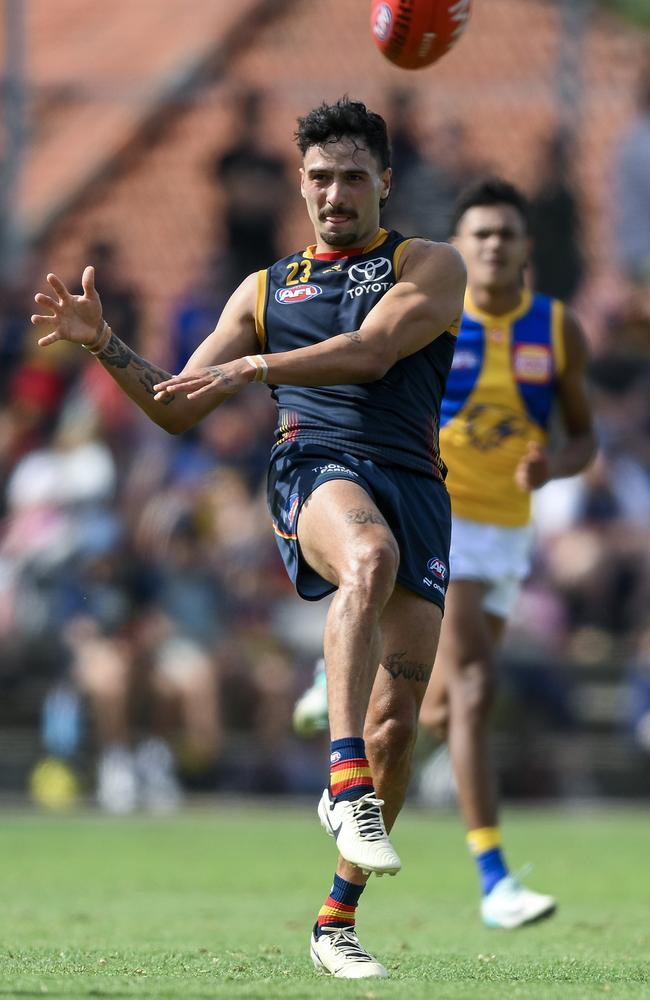
Does Weightman see a return to the days of small forwards like Milne kicking bags regularly?
“Probably not, I would love to say yes but it is always kicked to the big boys so we get the secondary supply so it is always going to be less,” he said.
THE BIG BOYS
Of the top three players who have played less than seven full seasons for goal average, two of them were passed up over and over by other clubs.
North Melbourne drafted Nick Larkey with the 73rd pick in the 2016 draft and Hawthorn grabbed Mitch Lewis minutes later at No.76.
Larkey doesn’t get a lot of the ball but he does one thing better than most in the league today: kick goals.
The man known as “Souva” bagged 71 goals last season – his fifth year – and before Friday had a goals per game average of 2.03 from 96 games, better than any other young player in the list.
That puts Larkey ahead of greats like Jarryd Roughead (1.9 goals per game) and Nick Riewoldt (1.87) after their first six seasons.
After 96 games Larkey has 195 goals - Franklin had 284 and Jeremy Cameron had 249.
Lewis’ number sits at 1.79.
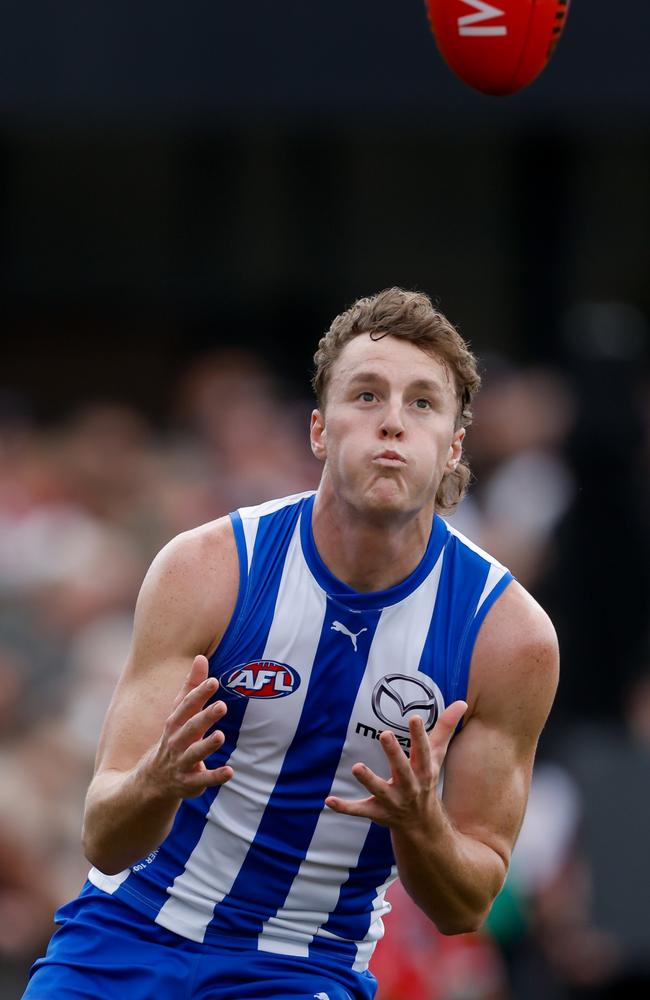
Between the two low picks is the top-tier young talent Max King, who boasts an average of 1.99 after 73 AFL games, which would put him on track to almost break the 500-goal barrier just after 250 games.
After six seasons, Franklin was the clear leader of the yesteryear stars, with a goals average of 3.08, while Jeremy Cameron (2.51), Taylor Walker (2.35) and Jack Riewoldt (2.34) sat behind.
Jye Amiss bagged 41 goals in his second season, of the 500-goal scorers on the list, only Cameron (62), Stephen Milne (50), Luke Breust (45) and Darling (53) fared better in their second year.
Amiss has 50 goals in 27 AFL games, well ahead of the last great Fremantle spearhead Matthew Pavlich, who had 26 majors at the same point.
SLOW BURN
Having already been shipped across the country as part of the famous Chris Judd deal, Josh Kennedy showed few signs of becoming a great full-forward early doors, when he kicked just 18 goals combined in his first three years.
Tom Hawkins and Jack Riewoldt both had just 25 majors after the end of their second seasons.
Adelaide’s Darcy Fogarty has slowly built his tally, from just 27 goals across his first three seasons to 34 last year.
His goal per game ratio of 1.47 is ahead of Jonathan Brown (1.46) after he started in a flag-winning Lions side and just behind Kennedy’s 1.66, at the end of their fifth seasons respectively.

Sydney’s Logan McDonald has slowly built his tally up to kicking 32 last year, while Oscar Allen bagged 53 for the Eagles.
Allen’s cumulative total after 83 games of 119 goals has him equal with Hawkins (119), and ahead of Pavlich (87) at the same time in their careers, even if Pavlich spent some time in defence early.




